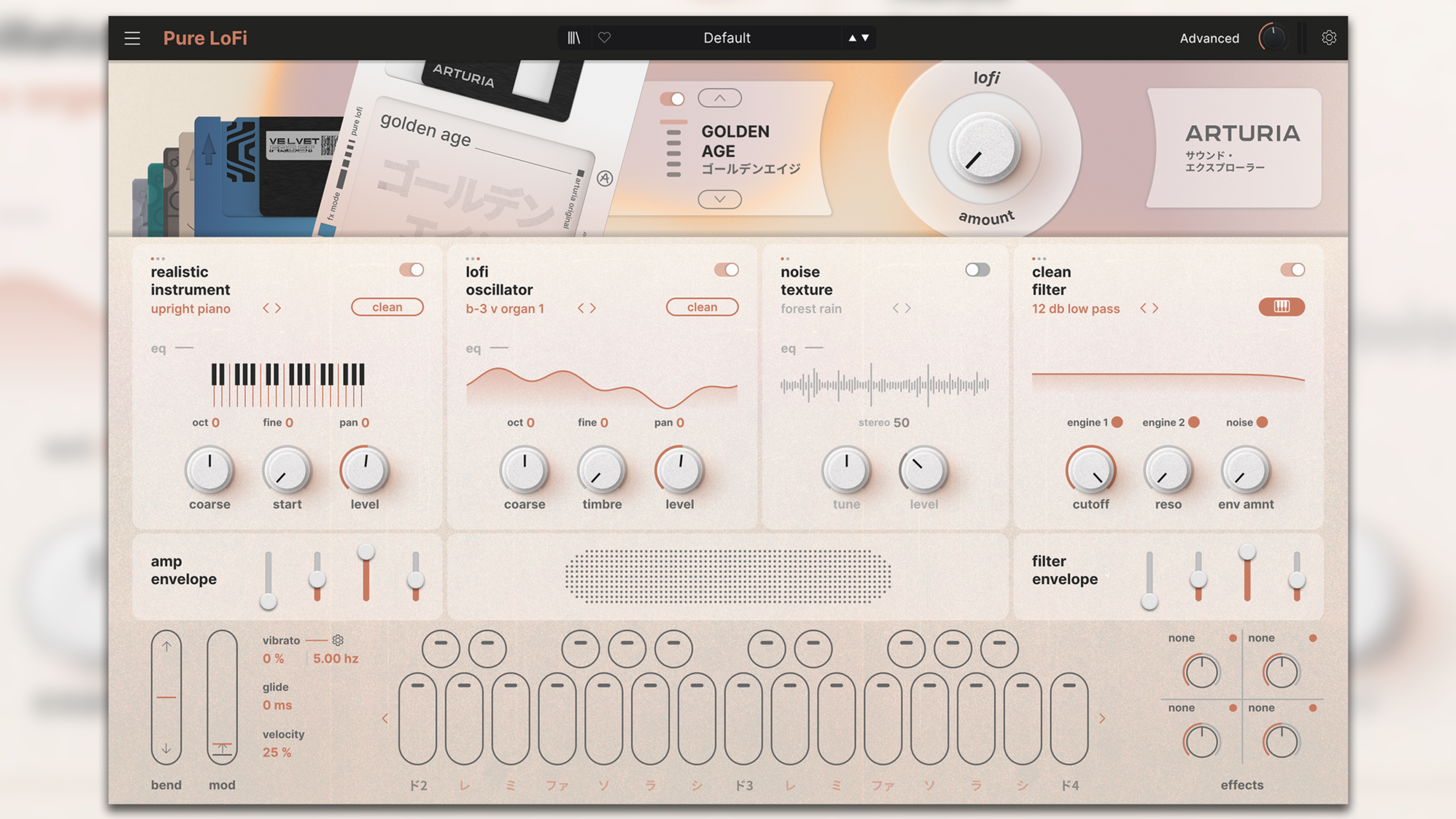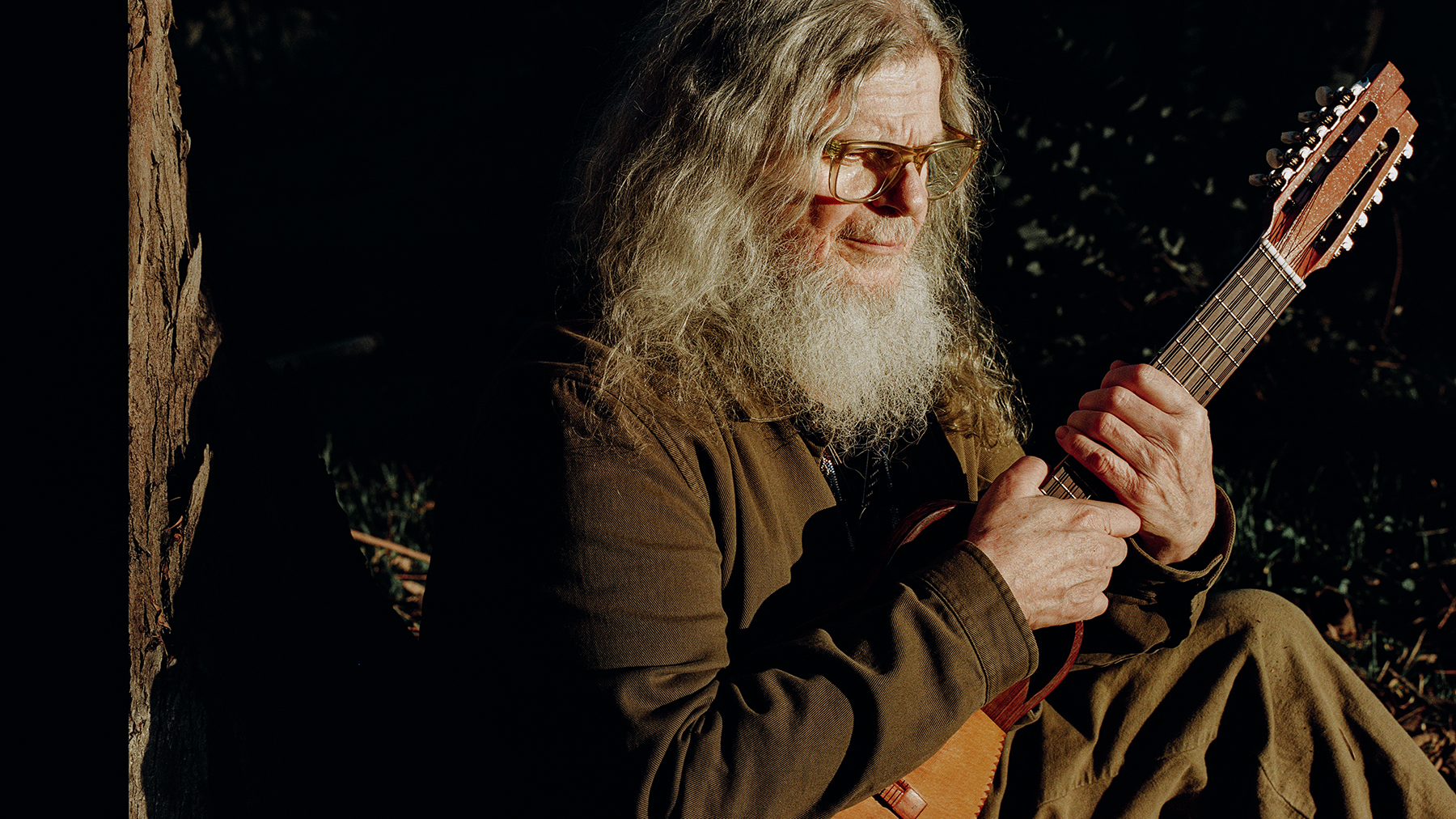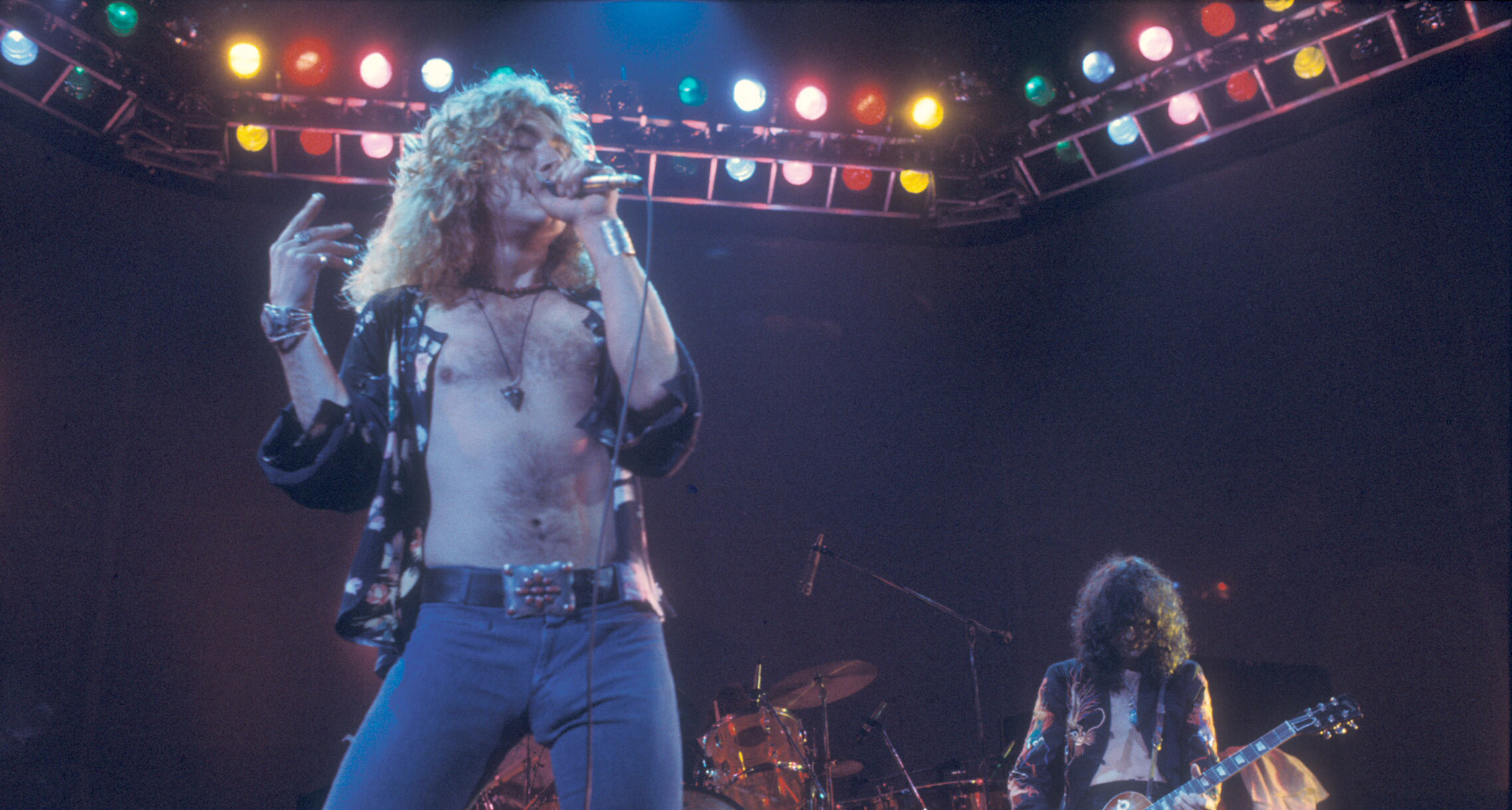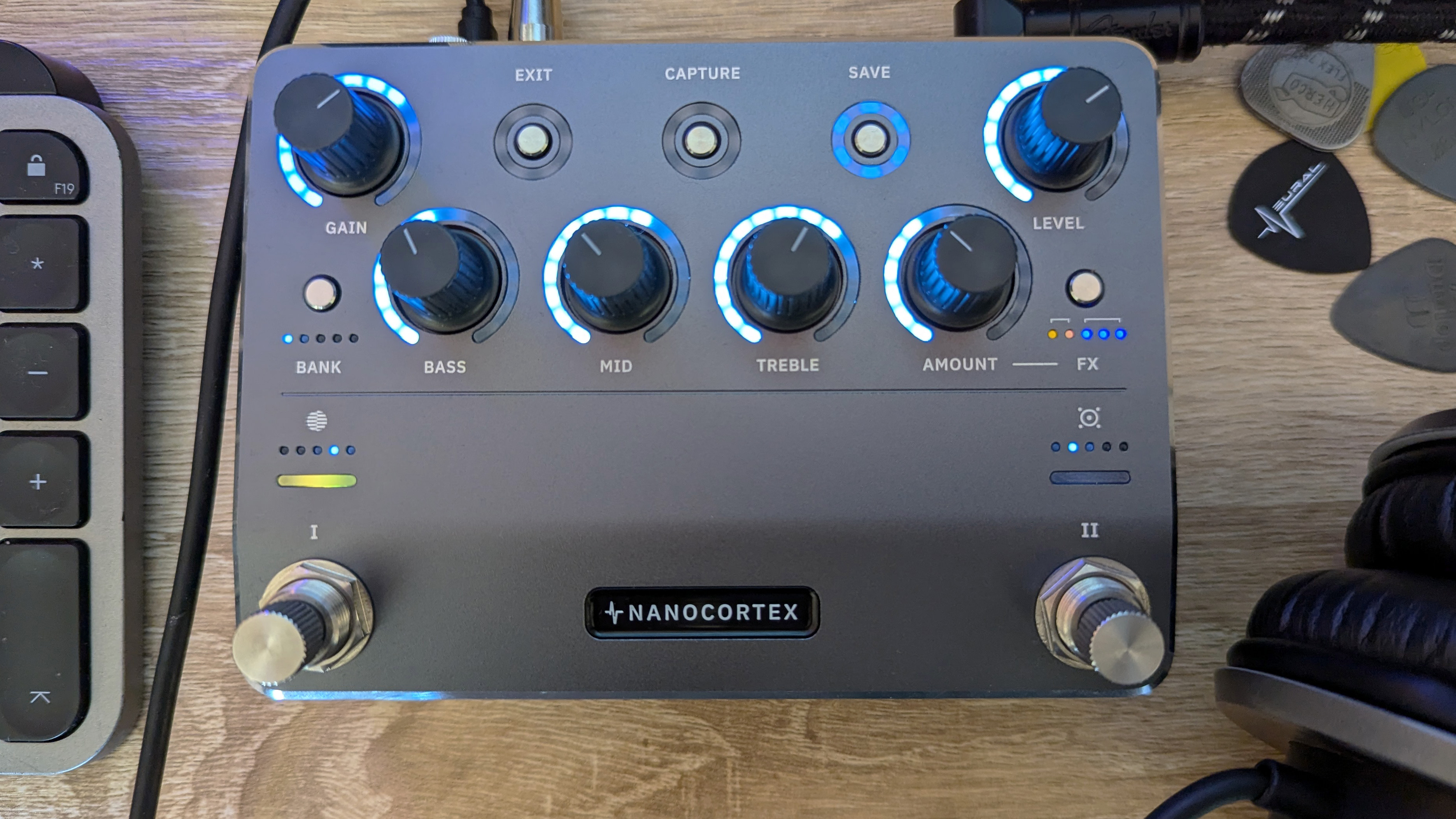Have DAWs made song melodies in hit records less complex? Research suggests that they could be partly to blame
New study pinpoints three “melodic revolutions” since 1975

Having recently been told that, in terms of the number of different words being used, song lyrics are actually getting smarter, new research at the Queen Mary University of London indicates that the melodies being used in popular music aren’t as complex as they once were.
In a new study led by PhD student Madelaine Hamilton and Marcus Pearce, the melodies of the top 5 songs from the Billboard end-of-year charts between 1950 and 2023 were analysed in terms of their pitch and rhythmic structure. The melodies were transcribed manually and saved as MIDI files.
Based on this research, it was found that there were “two major revolutions”: one in 1975 and another in 2000. There was also a “smaller revolution” in 1996.
These revolutions were all characterised by “significant decreases in complexity” as far as melody is concerned, with a particular drop in the years after 2000.
The question, of course, is why? The researchers suggest that the 1975 tipping point could have been caused by the rise of new genres such as new wave, disco, stadium rock and hip-hop, which has become an increasingly dominant musical force.
The mid-’90s shift, meanwhile, could have something to do with the rise in DAW usage, which really started to accelerate around this time. The study points out that the loop-based nature of music production software could be responsible for encouraging melodic repetition rather than continuous development.
While you might think that all of this provides ammunition for the highly vocal ‘music isn’t as good as it used to be’ brigade, Madelaine Hamilton doesn’t really subscribe to the theory that music has become dumbed down.
Get the MusicRadar Newsletter
Want all the hottest music and gear news, reviews, deals, features and more, direct to your inbox? Sign up here.
“My guess is that other aspects of music are getting more complex and melodies are getting simpler as a way to compensate,” she says. And, again, it could be the DAW that’s been driving this.
While most songs used to be recorded with a small number of instruments, producers now have an almost infinite number of sounds, textures and technical tricks at their disposal, so it no longer needs to be the case that the vocal melody carries the song.
For those who want to dive deeper, the full study has been published in the Scientific Reports journal.



I’m the Deputy Editor of MusicRadar, having worked on the site since its launch in 2007. I previously spent eight years working on our sister magazine, Computer Music. I’ve been playing the piano, gigging in bands and failing to finish tracks at home for more than 30 years, 24 of which I’ve also spent writing about music and the ever-changing technology used to make it.
“How daring to have a long intro before he’s even singing. It’s like psychedelic Mozart”: With The Rose Of Laura Nyro, Elton John and Brandi Carlile are paying tribute to both a 'forgotten' songwriter and the lost art of the long song intro
“The verse tricks you into thinking that it’s in a certain key and has this ‘simplistic’ musical language, but then it flips”: Charli XCX’s Brat collaborator Jon Shave on how they created Sympathy Is A Knife









![Gretsch Limited Edition Paisley Penguin [left] and Honey Dipper Resonator: the Penguin dresses the famous singlecut in gold sparkle with a Paisley Pattern graphic, while the 99 per cent aluminium Honey Dipper makes a welcome return to the lineup.](https://cdn.mos.cms.futurecdn.net/BgZycMYFMAgTErT4DdsgbG.jpg)